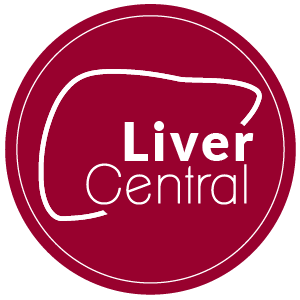Medication Guides
Choosing a doctor and healthcare team is an important and very personal decision. The chosen treatment plan may mean that the doctor that diagnosed the liver cancer is not the one doing the majority of the treatment. Consider working with a multidisciplinary team if possible. A multidisciplinary team is a group of health care professionals from different specialties working together to suggest a treatment and care plan based on your diagnosis, personal health, and preferences.
Treatment Options and Side Effects

SURGERY
Surgery is the best option to cure liver cancer because it allows all of cancer to be removed.
-
Resection or Partial Hepatectomy
-
Surgery to remove the part of the liver with a cancerous tumor(s)
-
-
Liver Transplant
-
Surgery to remove a person’s liver and replace it with a donated liver
-
Possible resection side effects
-
Pain
-
Weakness
-
Fatigue
-
Temporary liver dysfunction
-
Bleeding
-
Infection
Possible transplant side effects
-
Liver Rejection
-
Pain, weakness and fatigue
-
Anti-rejection medication side-effects
-
Puffiness in the face
-
High blood pressure
ABLATION
Localized treatment destroys liver tumors without removing them. This is ideal for people with small tumors and when surgery is not a good option.
-
Radiofrequency Ablation (RFA)
-
High energy radio waves heat the tumor and destroy the cancer cells with a high frequency current
-
-
Microwave Ablation (MWA)
-
Energy from electromagnetic waves are used to heat and destroy the tumor using a probe
-
-
Cryoablation
-
Extreme cold is used to freeze and destroy cancer cells
-
-
Ethanol (alcohol) Ablation or Percutaneous Ethanol Injection (PEI)
-
Concentrated alcohol is injected directly into the tumor to destroy the cancer cells
-
Possible ablation side effects
-
Abdominal pain
-
Nausea and vomiting
-
Diarrhea
-
Loss of appetite
EMBOLIZATION
Embolization is a procedure that injects substances directly into an artery leading to a tumor in the liver. Embolization is most frequently used in people with tumors that are too large to be treated with ablation and who have adequate liver function.
-
Trans-arterial embolization (TAE)
-
Particles are injected into the liver to block the blood and nutrient supply to the tumor, thereby starving the cancer cells
-
-
Trans-arterial chemoembolization (TACE)
-
Chemotherapy is injected into the artery and particles are injected to block the artery to keep the chemotherapy close to the tumor
-
-
Drug-Eluting Bead Chemoembolization (DEB-TACE)
-
Tiny beads filled with chemotherapy are injected into the tumor to kill the cancer cells and particles are injected to block the artery to keep the chemotherapy beads in place
-
-
Radioembolization
-
Also a type of radiation therapy, small beads (called microspheres) that have a radioactive isotope attached to them are injected into the artery where they give off radiation to kill the cancer cells
-
Potential embolization side effects
-
Abdominal pain
-
Nausea and vomiting
-
Low grade fever
-
Lethargy
-
Fatigue
-
Ulcers
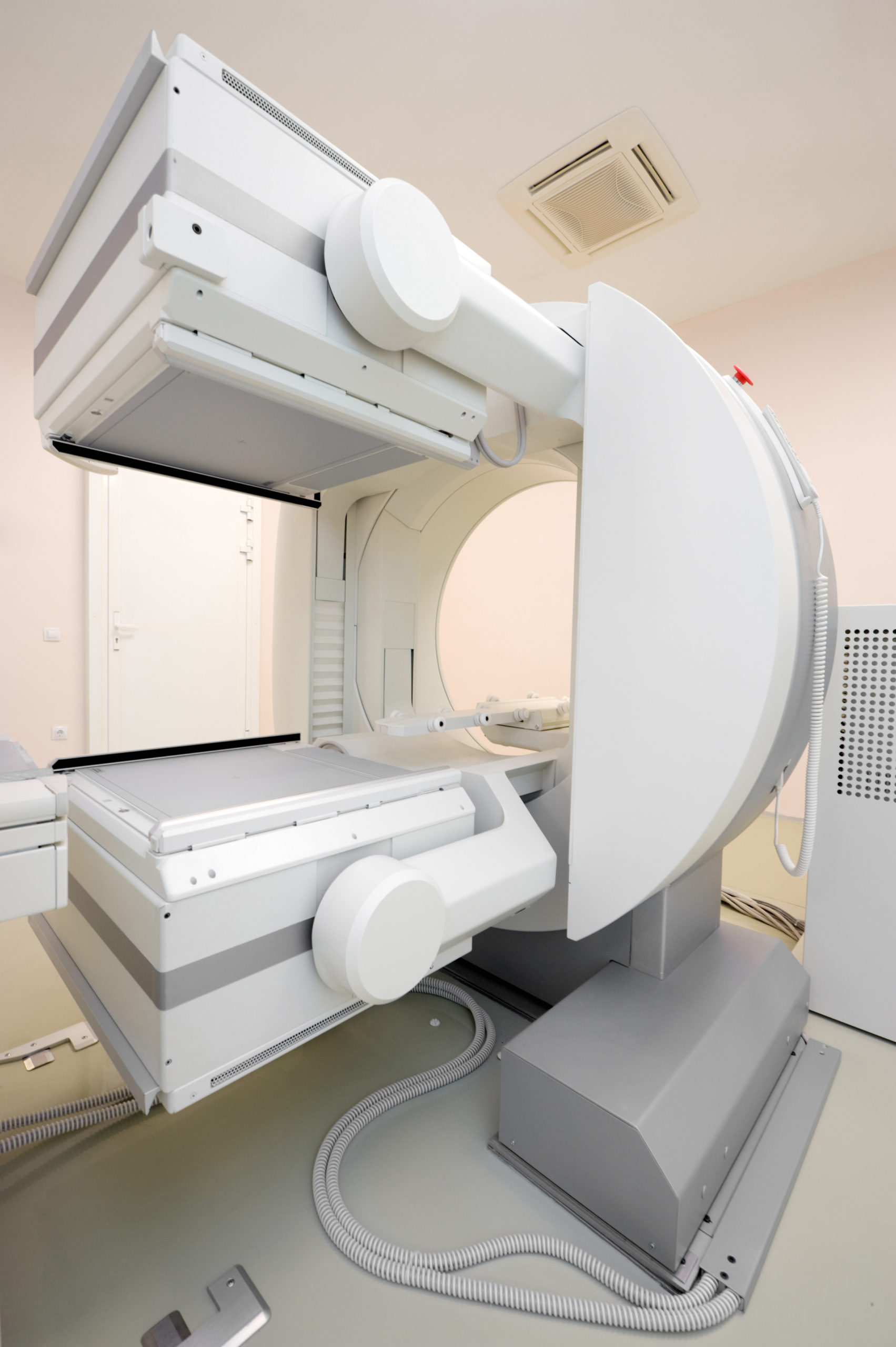
RADIATION
Radiation therapy uses high energy rays or particles to target and kill cancer cells.
-
External Beam Radiation Therapy (EBRT)
-
Radiation from outside the body is directed at liver tumors using x-ray photons and is usually given over multiple days
-
-
Stereotactic Body Radiation Therapy (SBRT)
-
High doses of radiation are directed at the liver tumors, this treatment is similar to EBRT but the total dose is given in a shorter amount of time.
-
-
Radioembolization
-
Small beads (called microspheres) that have a radioactive isotope attached to them are injected into the artery where they give off radiation to kill the cancer cells
-
-
Proton Beam Radiation Therapy
-
Protons, rather than photons, are used as the energy source to target and kill cancer cells
-
Proton therapy has the advantage of very precise application of radiation to the treatment zone
-
Potential radiation therapy side effects
-
Skin changes in radiated areas, ranging from redness to blistering and peeling
-
Nausea and vomiting
-
Fatigue
-
Diarrhea
-
Loss of appetite
SYSTEMIC THERAPY
Systemic therapy is given to treat advanced liver cancer that has spread throughout the liver and to other parts of the body. Treatment is given by pills (oral therapy) or injected directly into the bloodstream.
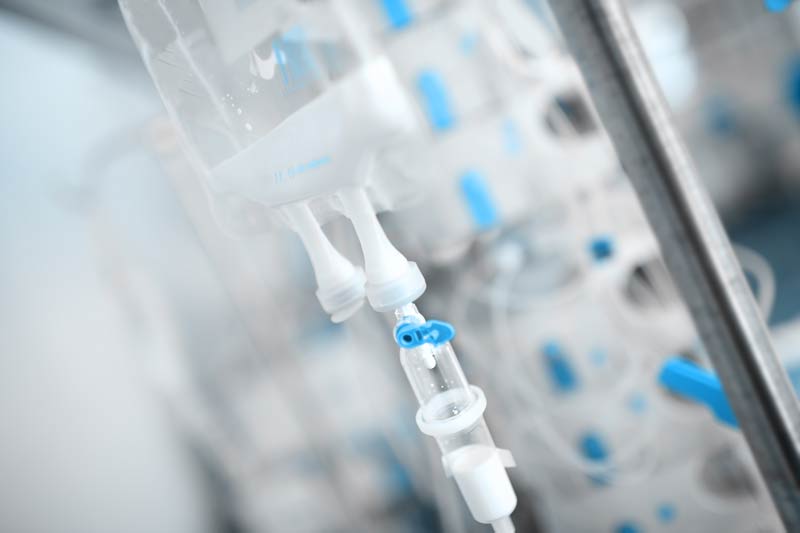
Kinase inhibitors
TARGETED DRUG THERAPY

KINASE INHIBITORS
Kinase inhibition can be accomplished using chemical pills or monoclonal antibodies
-
Kinases are proteins that carry important signals to the cell’s control center and help cancer grow. Kinase inhibitor drugs block several of these proteins from working which can stop cancer growth
-
Kinase inhibitors are pills
-
Examples of kinase inhibitors are:
-
Sorafenib (Nexavar)
-
Lenvatinib (Lenvima)
-
Regorafenib (Stivarga)
-
Cabozantinib (Cabometyx)
-
Potential kinase inhibitor side effects
-
Fatigue
-
Loss of appetite
-
Hand-foot syndrome (redness and irritation of the hands and feet)
-
High blood pressure
-
Weight loss
-
Diarrhea
-
Abdominal pain
MONOCLONAL ANTIBODIES
-
Monoclonal antibodies are lab made versions of antibodies (immune system proteins) that attach to a certain target to stop the tumor from making new blood vessels. By stopping new blood vessel growth the cancer cells are starved and die.
-
The drugs are infused into a vein in a hospital or doctor’s office over a period of time
-
Examples of monoclonal antibodies are:
-
Bevacizumab (Avastin) – which targets VEGF – is given in combination with Atezolizumab (Tecentriq)
-
Ramucirumab (Cyramza) – which targets VEGFR2
-
Potential monoclonal antibody treatment side effects
-
High blood pressure
-
Tiredness (fatigue)
-
Bleeding
-
Low white blood cell counts (with increased risk of infections)
-
Headaches
-
Mouth sores
-
Loss of appetite
-
Diarrhea
-
Increased encephalopathy (Ramucirumab)
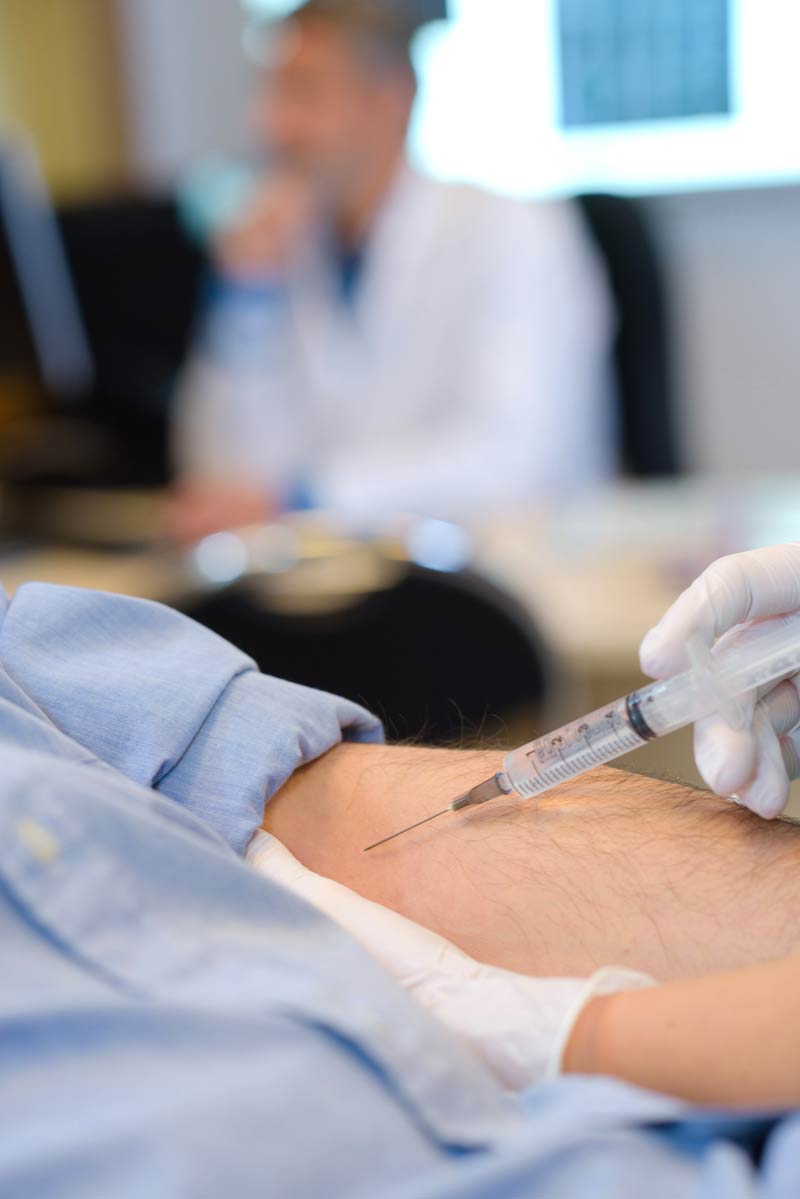
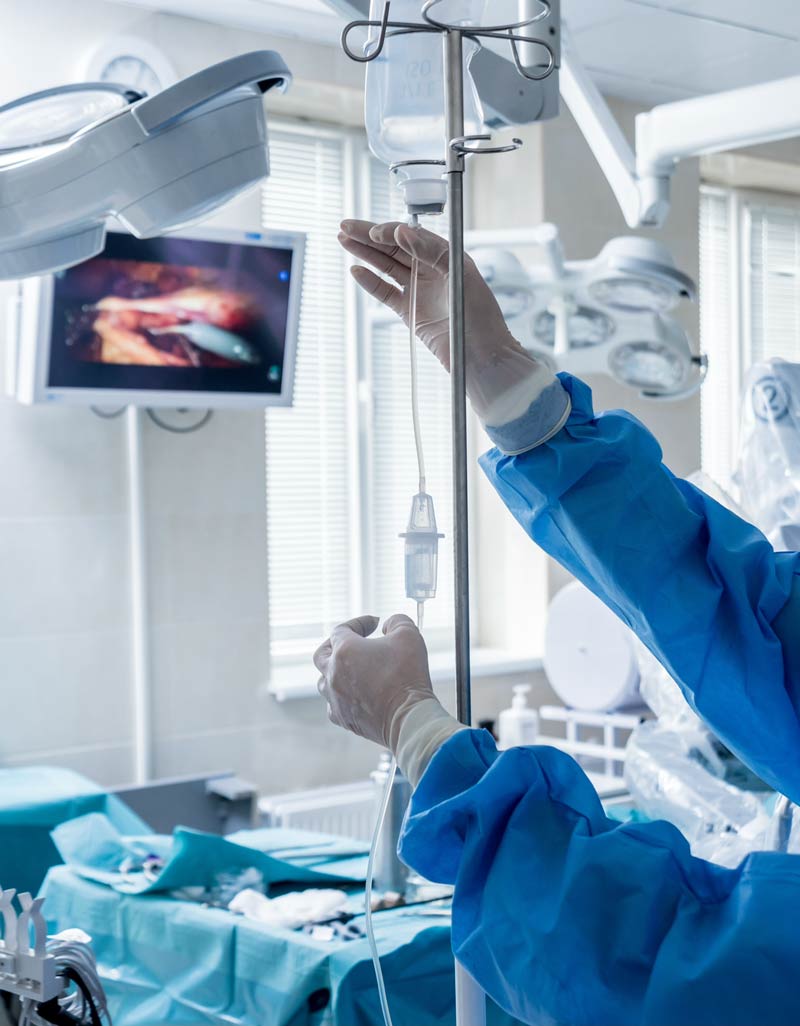
IMMUNOTHERAPY
Immunotherapy – Immune Checkpoint Inhibiting Monoclonal Antibodies
The use of medicines to help a person’s own immune system find and destroy cancer cells. Immune checkpoint inhibitors uses proteins on immune cells that need to be turned on or off to start an immune response. These drugs are infused into a vein in a hospital or doctor’s office over a period of time.
-
PD-1 and PD-L1 Inhibitors
-
PD-1 and PD-L1 work together to boost an immune response against cancer cells
-
Examples of PD-1 and PD-L1 inhibitors are:
-
Atezolizumab (Tencentriq) is given in combination with Bevacizumab (Avastin)
-
Pembrolizumab (Keytruda)
-
Nivolumab (Opdivo)
-
-
-
CTLA-4 Inhibitors
-
CTLA-4 inhibitors boost the immune response
-
Example of a CTLA-4 Inhibitor
-
Ipilumamab (Yervoy)
-
-
Potential monoclonal antibody treatment side effects
-
Feeling tired or weak
-
Fever
-
Cough
-
Nausea
-
Itching
-
Skin rash
-
Loss of appetite
-
Muscle or joint pain
-
Constipation or diarrhea
-
Immune mediated events – where the body attacks other organs in the body because of immunotherapy treatment
